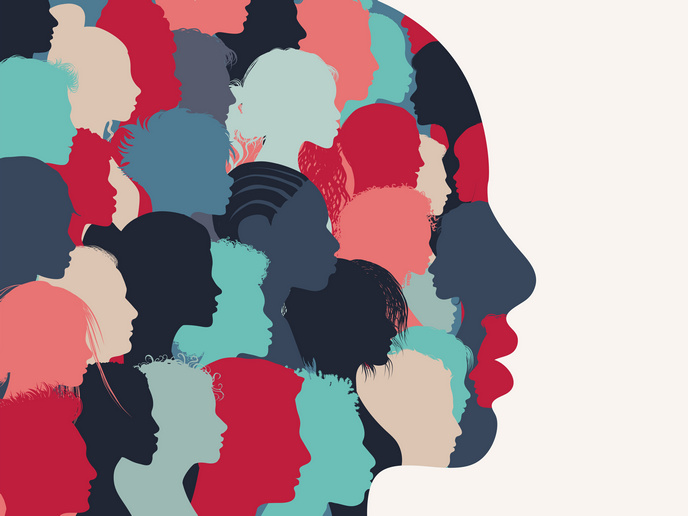Tolerance: one of those things we cannot not want
Tolerance is something of a buzzword today. While the concept is widely embraced in national, European and organisational settings, in celebration of diversity, it is also subject to interpretation. As an essential aspect of a liberal democracy, positive intergroup relations and everyday life, tolerance is much more than putting up with things that we approve. Rather, it’s about putting up with things that we find difficult to bear, according to Maykel Verkuyten, a professor of interdisciplinary social science at Utrecht University, the Netherlands, and former academic director at the European Research Centre on Migration and Ethnic Relations.
Endurance in the face of disagreement
Verkuyten’s ERC-funded InTo project explored the concept of intergroup toleration, shedding light on tolerance, its importance, definition and measurement, and implications of the research for broader debates around cultural diversity. Growing polarisation in society and the need for tolerance to prevent violent extremism, discrimination, repression, and oppression provided the main motivation for undertaking this research. “Tolerance is one of these things that we ‘cannot not want’,” Verkuyten said, “even as we recognise that it is not the silver bullet for solving all diversity questions.” When asked to define intergroup toleration, he explained that it involves endurance and forbearance in the face of disagreement, disapproval or dislike. It requires self-control and positive behaviour. “A more tolerant person is more likely to accept conduct that they object to,” he noted, providing real-life examples of intergroup toleration in Europe. These include debates over the wearing of headscarves by Muslim women, the building of minarets in several EU capital cities and public demonstrations by far-right groups.
What is considered tolerable?
The project measured tolerance in two ways: as a general personal difference trait and as acceptance of specific minority practices despite one’s disapproval of these practices. Verkuyten emphasised the importance of establishing standards and allowable variations of what is considered tolerable. “Successful policies and interventions for improving tolerance need to set norms and stimulate the willingness and ability to discuss disagreements and put up with group differences,” he said. Considering the challenges of measuring tolerance, it was necessary to distinguish it from prejudice and broad negative feelings towards groups of people. These challenges were addressed through pilot tests and advanced statistical techniques. Regarding the implications of his research for broader debates around cultural diversity, Verkuyten explained that tolerance is an intermediate position between complete rejection and wholehearted acceptance. “Obviously people should not reject or discriminate others but they should also not be expected to embrace and celebrate all differences,” he explained. The research highlighted the importance of establishing boundaries to what can and should be accepted, as reflected in the term ‘zero tolerance’. Another key takeaway is that policies and initiatives for promoting tolerance should be included in civics courses, education for democratic citizenship and human rights education. The InTo project resulted in many https://intergrouptolerance.eu/community-output/ academic publications and the monograph ‘The Social Psychology of Tolerance’ published by Routledge (2023). Overall, the findings provide insights into the challenges of measuring and promoting tolerance, as well as the importance of establishing standards and boundaries. Policymakers and educators can use this research to develop initiatives and policies that promote tolerance and positive intergroup relations.
Keywords
InTo, tolerance, diversity, intergroup toleration, society, discrimination, minority, social psychology







